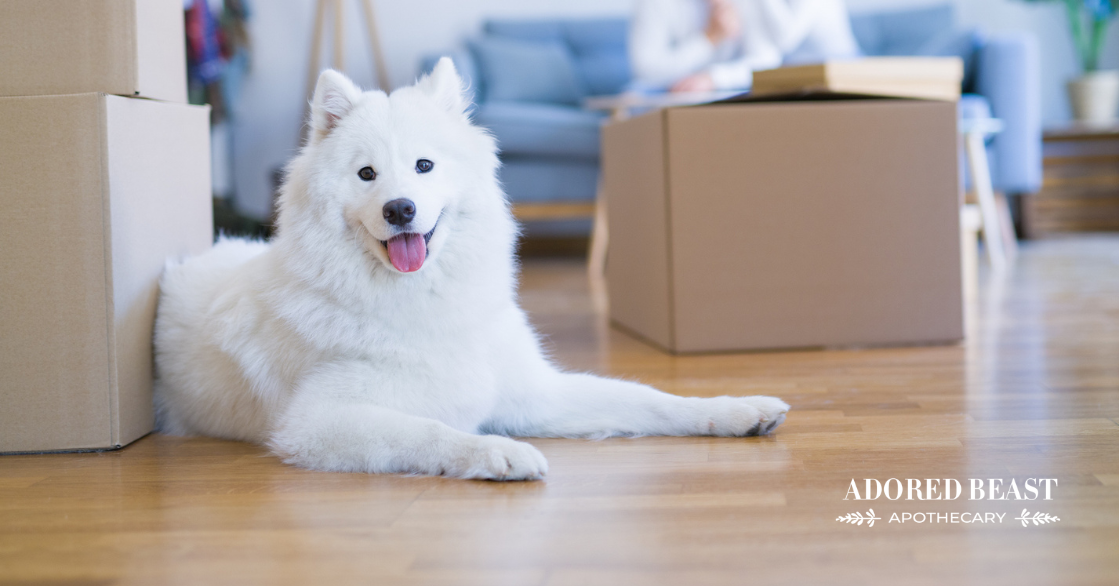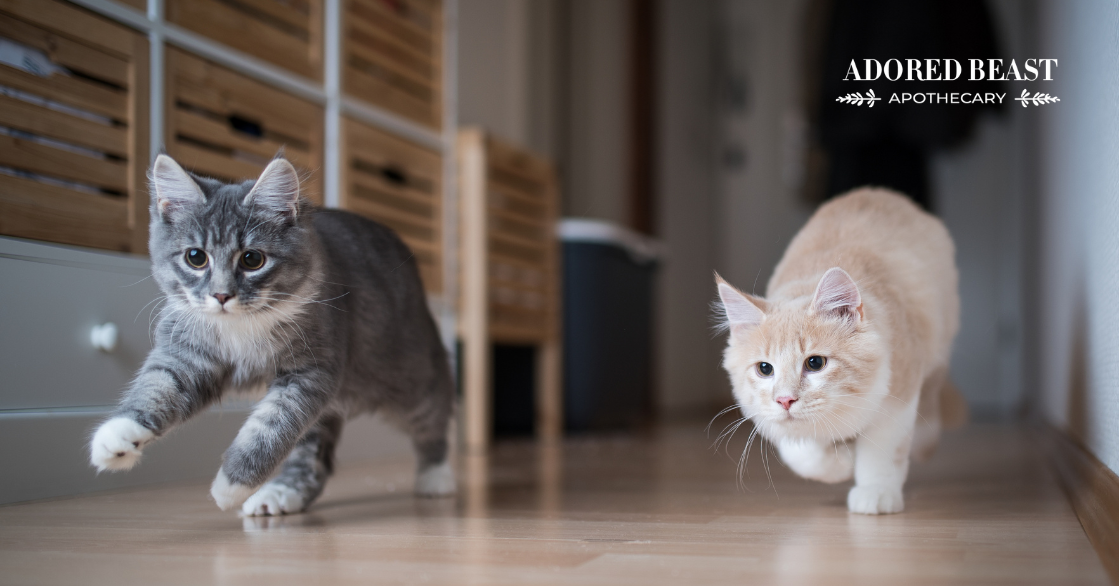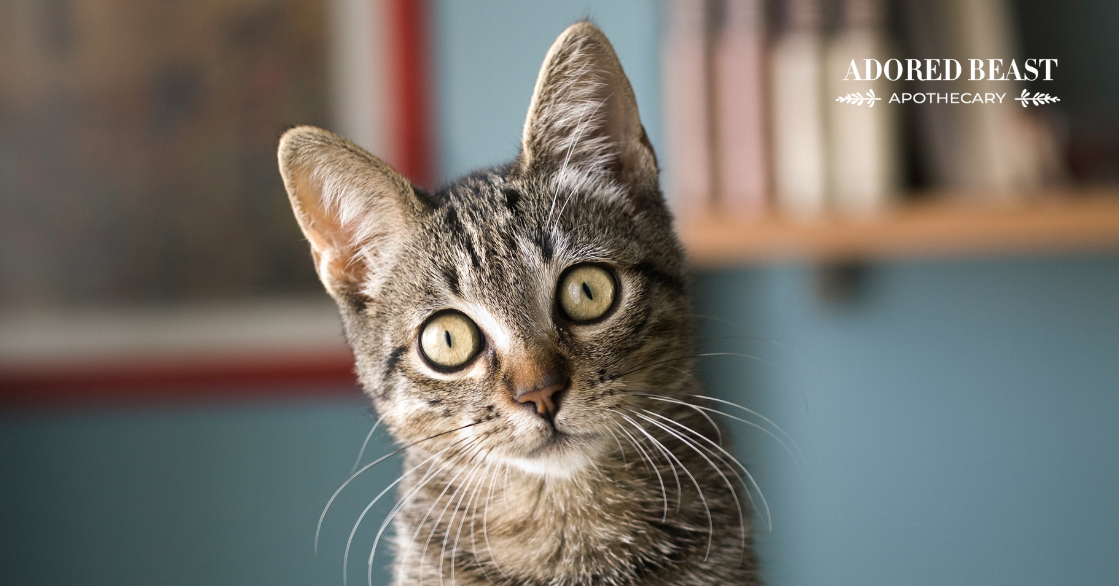Summer is here! We’re over here soaking up that vitamin D, spending time at the beach, in the forest, or just digging in the dirt. And we always like to take the pets along whenever we can.
The thing is, while the summer can be reinvigorating, especially for those of us living in Canada, it may not always be relaxing – or even safe – for our pets, particularly in large doses.
Trust us, even though you might enjoy relaxing in the sun, your pets may not. And they’re not always going to tell you when they’ve had enough, either!
So, to help you keep your adored beast happy and healthy all season long, we’ve gathered together the best summer safety tips for pets. Inside and outside, these tips are good to go when the going gets hot, hot, hot!
Summer Safety Tips for Pets
From warm weather, to exercise, to what’s in the garden – these are the top summer safety tips for pets.
1. Watch the Weather
This is without a doubt the most important thing to watch for when it comes to summer safety tips for pets. Pets can suffer from heat stroke just like humans, but it takes far less time in the sun for it to set in, and it can hit them far worse.
Since our pets don’t have many sweat glands (only a few in their paw pads), they can’t sweat out the heat. Instead, all they can do is pant. This is especially tough on our brachycephalic breed pups and kitties.
To keep your pet safe in the heat:
- Make sure your animal has access to plenty of shade (and no, a dog house doesn’t count – they trap the heat in)
- Have fresh water available, all day long, replenishing it often
- Keep your pet inside in the cool, either with air conditioning or in an area with fans and significant air flow
- For small animals, those in cages or enclosures, make sure their homes are not in the sun, and cover them slightly but not fully (to allow for air circulation)
And, we know that you all know this, but once more for emphasis: NEVER, EVER leave an animal in the car on a summer day. Even if it doesn’t feel that warm outside, your windshield acts like a magnifying glass, and the inside of your car can get super hot, super fast. For example, if it’s 70° outside, the inside of your vehicle will reach 100° in just 15 minutes. Those temps inside rise quickly, and even a few minutes while you run in to grab a bag of milk can be dangerous. If you know you have to stop at any point, leave your pet at home or bring someone with you and leave that A/C on and the windows open.
If you ever see a dog in a car on a hot day, call the police immediately. It’s your right, your responsibility, and most of all, your duty, to those animals. That phone call can save that animal’s life.
2. Heat Stroke: Know the Signs
As mentioned, heat stroke is a very real danger for our animals. Knowing how to spot the signs is important for any pet parent.
Always keep a close eye out for any of the following:
- restlessness
- excessive panting
- drooling
- reddened gums
- vomiting and/or diarrhea
- lethargy
- uncoordinated movement
- not responding
- tremors
- collapse
If you do suspect your pet may have heat stroke, take action quickly. Take them inside into the cool right away. Give arnica and aconite 200C. Using cool, not cold, water, sponge or hose your pet’s entire body, paying particular attention to the underside. Allow your pet to drink water, cool again, not ice cold, but don’t force it. Don’t place anything (ie. cold, wet towels) on your pet – this traps the heat in. Call your trusted veterinarian immediately for next steps.
3. Let Your Garden Grow
There are many common flowers and plants that are perfectly safe – even good – for pets. That said, there are also many that are unsafe for dogs and cats. The danger could be in the flower, fruit, roots or leaves.
Some plants to avoid are:
- Lilies
- Daffodils
- Foxgolves
- Rhododendron
- Ivy
- Chrysanthemums
- Tulips
Instead, choose these pet-safe flowers and edible plants to fill your garden:
- African violets
- Marigolds
- Snapdragons
- Impatiens
- Pansies
- Magnolia Bush
- Lavender
- Petunias
- Herbs – basil, thyme, cilantro, etc.
Do some research before planting anything that could potentially harm your animals.
Also, be wary of any plants with thorns, or are prickly, and could hurt your pet! And of course, skip those chemical-based pesticides and fertilizers and use only organic, natural options to keep pests away.
In case of summer cuts and scrapes, have your first aid kit ready. Here’s what we keep in ours.
4. Exercise?
Now, we spoke about heat earlier, and watching for signs of heat stroke, and so it’s important to mention exercise as well. Exercise can be trickier when a heat wave hits, so keep these tips in mind:
- check the pavement – if it’s too hot for you to keep your hand on for 30 seconds, it’s too hot for your pet’s paws. The same goes for hot sand
- walk at dusk or dawn, when the sun isn’t as hot. Just keep in mind that there may be more critters at these times, so be prepared if you’re walking off leash
- carry water with you
- opt for a cool forest walk with lots of shade, rather that around the neighbourhood
- do some inside exercise – tricks, hide and seek, even some agility if space allows, on days when it’s too hot to walk
- if you head to the beach, make sure you have an umbrella or set up in area where there’s plenty of shade
- grab a kiddie pool for the backyard, set it up in a shady area, and let your pet splash around for some fun and mental stimulation
4. To Shave, or Not to Shave?
Many pet parents choose to shave their pets in an attempt to keep them cool in the summer, but it often doesn’t work that way, especially for dogs with double-coated fur. In fact, shaving many breed types can be detrimental in the summer (and winter)!! We’re really not fans of shaving any dog to keep them cool. If you’re considering it, make sure you know exactly what type of coat your dog has.
Single-coated breeds like Poodles, Shih-Tzu, Bichons have fur that continues to grow, so if you shave it off, it will grow back just as it was. That said, remember that fur acts as protection against sunburns so make sure they’re not in the sun for long. Instead, maybe just trim the fur close to the body to get rid of the excess, rather than getting rid of it completely.
Then you have double-coated dogs – these should never see a clipper to keep them cool.
– Double-coated open breeds have a hard, protective outer coat, made up of fur called guard hairs, as well as a soft, dense undercoat. These layers are designed to protect your dog no matter the climate. They’ll shed snow and ice and provide protection against freezing temperatures in the winter, and insulate against the heat in the summer. Huskies, Pomeranians and Chows are a few double-coated open breeds.
– Double-coated closed breeds have noticeably longer guard hairs, which lay down over the undercoat, like a blanket. When these guard hairs get wet, the undercoat works to keep your dog’s skin dry. Again, this helps protect and regulate the dog’s temperature, and keeps them from staying wet, and thus protects against all the issues associated with that. Golden Retrievers, Australian Shepherds and Newfoundlands are all double-coated closed breeds.
If you shave these types of fur, you remove your dog’s natural insulation. Now they have nothing to protect them from extreme temperatures, sunburn, even sharp objects. When the coat does grow back, it will grow back unevenly, with a mixture of the two different types of fur. Unfortunately, this imbalance in the fur tends to soaks up water and attract things like burrs. It can also cause problems in the winter as far as temperature regulation too. And it’s actually far warmer than their temperature-controlling natural coat.
So, to shave, or not to shave? Let’s stick with not.
Instead, grab that brush and clear out the excess hair – that will help cool them down!
5. Natural Flea and Tick Prevention
Fleas and ticks can be a pain all year round, but of course they’re usually worse in the summer. So, you want to keep them off your pet.
We’ve been hearing increased warnings to pet parents about the dangers of conventional flea and tick meds recently, particularly with regard to FDA warnings. So, instead of reaching for those pesticides, try some natural flea and tick prevention methods that are much safer.
There are several methods to try (or combine!):
- specific essential oils
- amber flea collars
- apple cider vinegar
- food-grade diatomaceous earth
These can provide protection with the potential for nasty side effects.
For more natural pet insect prevention advice, check out this post from our friend Dr. Katie Kangas.
Don’t let the weather get your pet down. Beat the summer heat with these summer safety tips for pets and have fun!











![[RESEARCH] Is Herbicide Safe for Dogs?](https://blog.adoredbeast.com/wp-content/uploads/2025/06/herbicides-safe-for-dogs-103x55.png)
